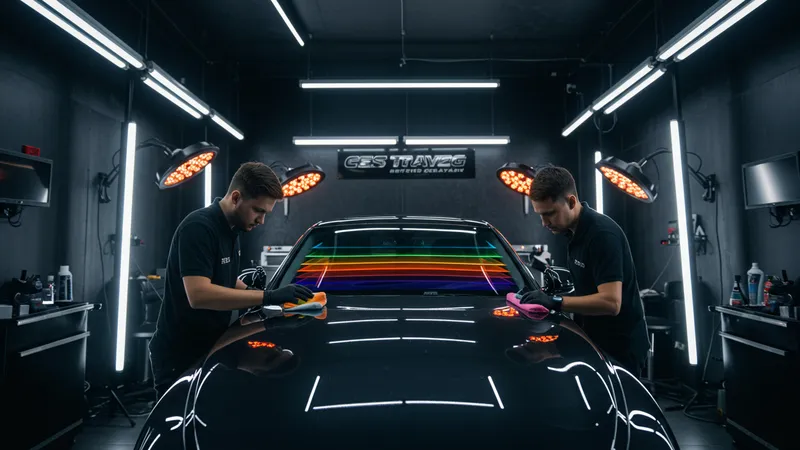
What To Expect During A Ceramic Coating Service Appointment
Ceramic Coating Application Techniques and Curing Process
Applying a high-quality ceramic coating is a precise and controlled process. Top-tier services like those offering CQuartz, Ceramic Pro, or Gtechniq rely on certified technicians trained in layered application techniques. Each coating is carefully applied using special microfiber applicators, ensuring even coverage panel by panel. Some US studios use UV lights or infrared lamps to accelerate the initial curing stage and guarantee a flawless finish.

Multiple coats are sometimes layered for enhanced protection, with each layer requiring time to flash, cure, and bond. Only after a thorough inspection will detailers proceed to additional coats, if included in the selected package. This methodical approach minimizes the chance of high spots or streaks, which can mar an otherwise glassy result.
After all coatings are applied, a critical final inspection is performed under various light sources to ensure a streak-free, uniform shield. US studios often recommend keeping the vehicle indoors for up to 24 hours—or longer in colder climates—for optimal curing. During this period, the car should not be washed or exposed to rain or abrasive debris.
This careful attention ensures the protective barrier is fully set and ready to deliver years of defense against US environmental threats such as UV rays, acid rain, pollen, and de-icing agents. Up next, discover the aftercare instructions and long-term maintenance tips that ensure your investment in ceramic protection pays off.